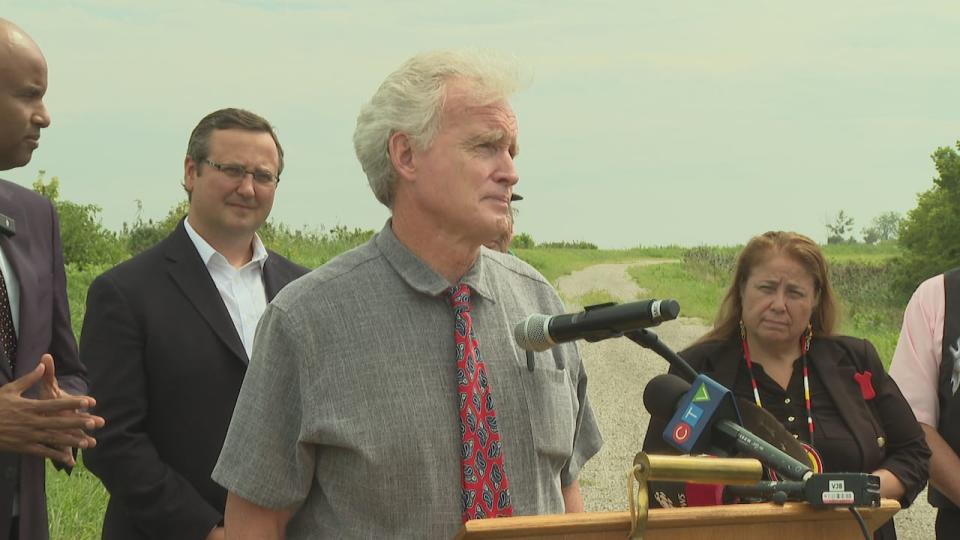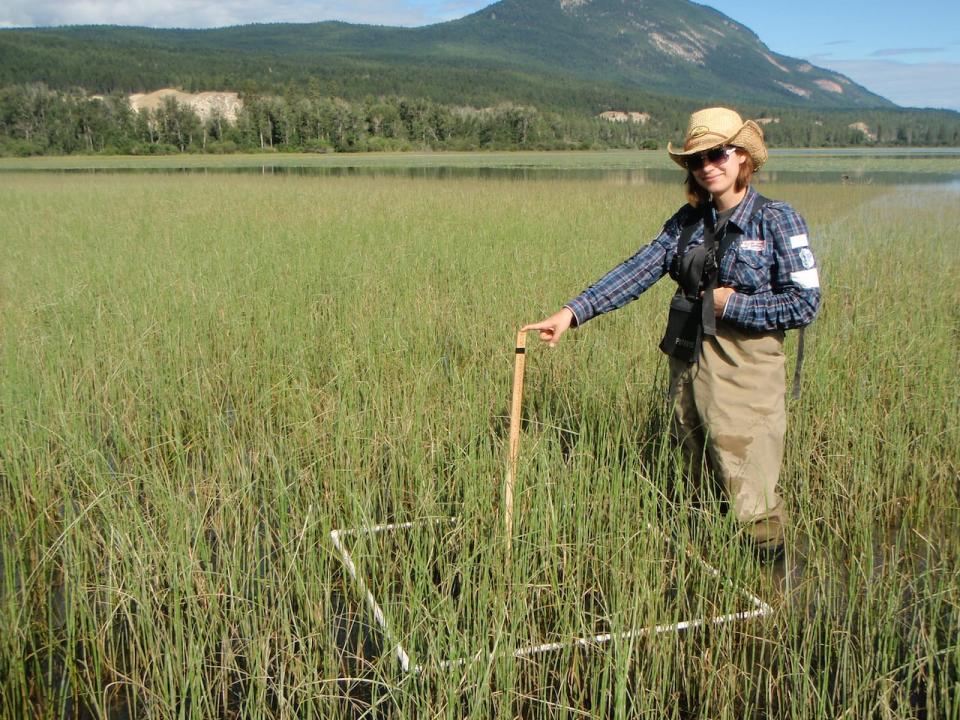A swiftly increasing intrusive plant that’s restricted in Ontario has truly been uncovered for the very first time in Canada within the Hillman Marsh Conservation Area in Leamington, Ont.
Hydrilla can broaden to 7.5 metres; obstruction water consumption pipelines and watercraft electrical motors; and hinder numerous different leisure duties like swimming and paddling, in accordance with a notification launched by the Essex Region Conservation Authority (ERCA).
ERCA has truly shut the west cell of the marsh– consisting of the trail and boardwalk– because the plant is conveniently unfold out when watercraft props, kayaks, canoes, trailers, angling and looking out tools, animals or people unintentionally lug affixed plant items to brand-new places.
“The plant itself propagates extremely fast — 2.5 centimetres a day it will grow,” claimed ERCA principal administration policeman Tim Byrne
“You can almost stand and watch this thing growing. Well, with that type of physiology, it will outcompete anything in the natural environment.”
Easy to unfold out
The plant is moreover very very straightforward to unfold out, claimed Rebecca Rooney, an affiliate trainer on the University of Waterloo and a marsh specialist.
Not simply does it generate seed; it may moreover unfold out by way of bulbs, like potatoes do, and by way of above-ground buds known as turians.
“Even the plant fragments can grow whole new plants,” Rooney claimed.
“So if you break the plant up either by, you know, trawling fishing gear through it or the propeller of your boat. That can produce like 1,000 new plants that can then spread.”
Hydrilla is belonging to Australia, Africa and elements of Asia, she claimed.


Tim Byrne of the Essex Region Conservation Authority claimed a solitary remedy versus hydrilla will definitely set you again $125,000. (Jennifer La Grassa/ CBC)
It probably wound up in North America as a fish tank plant.
It’s been recognized in Niagara on the united state facet of the boundary nevertheless had truly by no means ever previously been seen in Canada.
So a lot, research have truly revealed that the invasion is restricted to the consisted of marsh location of the west cell of Hillman Marsh that isn’t straight linked to Lake Erie, the preservation authority claimed in its notification.
That suggests it’s nonetheless possible to do away with the plant versus merely try to handle it, Rooney claimed– although the troubled location just isn’t tiny: round 32 hectares.
Eradication expensive
The process will definitely be expensive and complicated and may take 5 to 1 decade, Byrne included.
“To effect control and eradication is going to mean basically destroying the vegetation and the vegetative communities that are within that cell,” he claimed.
“And within that cell was a full spectrum of natural vegetation ….What we have to use to actually eradicate hydrilla will harm and kill off those other native species.”
Once hydrilla is gone, however, the ERCA can enhance the indigenous plant specials, Byrne claimed.


Rebecca Rooney, a marsh environmentalist on the University of Waterloo, claimed broken merchandise of hydrilla can develop brand-new crops, making it actually easy to unfold out. (Chris Carli)
It will definitely require help from the federal authorities, nevertheless, he included.
The expense to take care of the cell is round $125,000 per remedy, and the cell can require 2 therapies every year for five to 1 decade, he claimed.
“This is an invasive species that is going to require the type of response that Emerald Ash Borer did,” he claimed.
ERCA is presently coping with the Ministry of Natural Resources and Forestry, the Invasive Species Centre, the Ontario Federation of Anglers and Hunters and numerous different companions to investigate the diploma of the invasion, have the unfold, and set up methods to handle the intrusive varieties, it claimed in its notification.
Rooney suggested people to search out out precisely methods to establish hydrilla by looking for data launched by the Invasive Species Centre and to report it in the event that they see it.
“But the most important thing,” she claimed, “it’s … to clean, drain and dry your equipment. It’s actually a legal requirement in Ontario under the Invasive Species Act to clean, drain and dry your boat before you take it over land and launch it into new water. But with hydrilla here, it’s even more important to really thoroughly clean even your boots, any of your fishing gear. Any material that comes into contact with hydrilla could be a source of its spread.”

